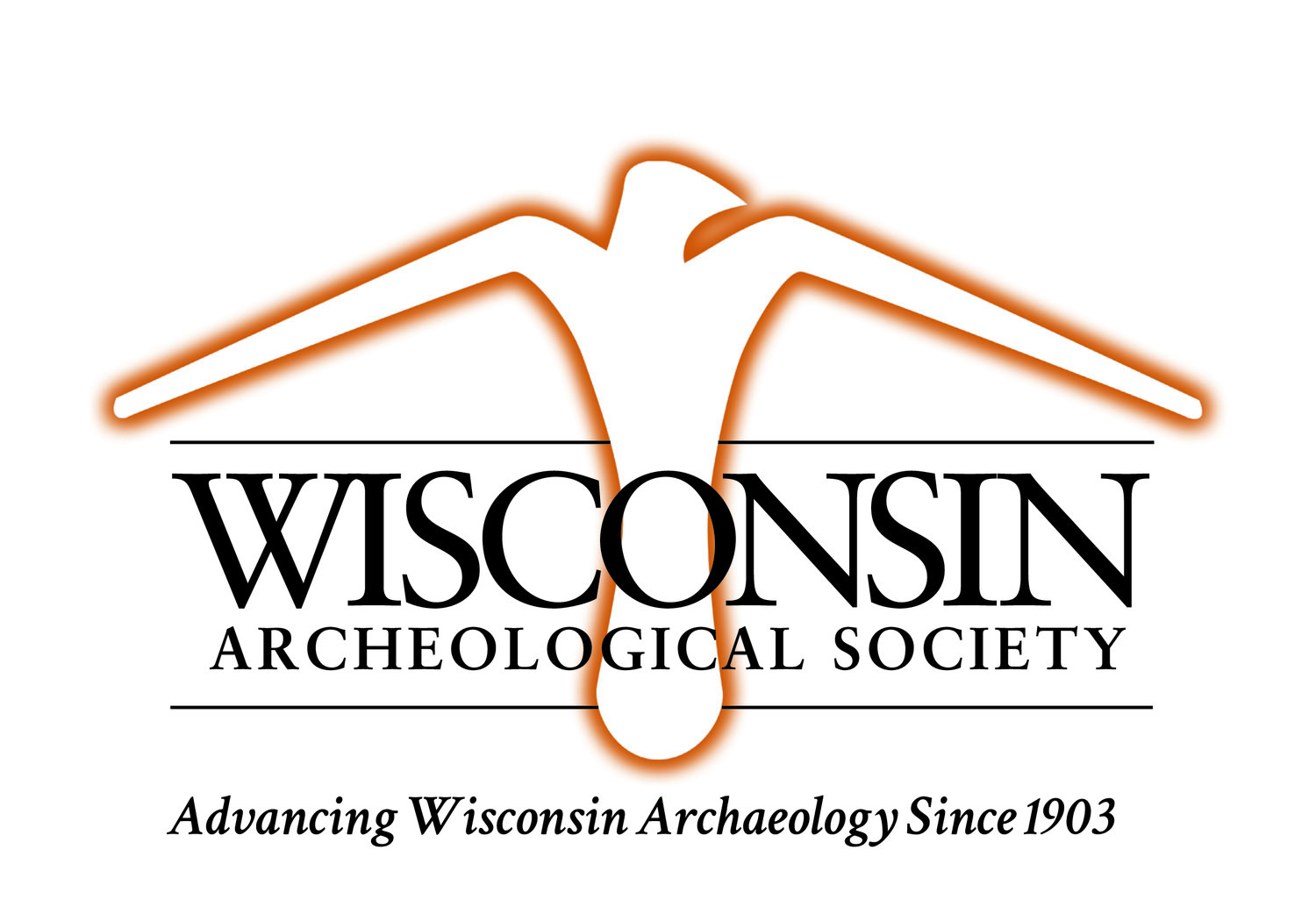Sketch outline of the Heim Mound, commonly considered to be a fox effigy.
The following article, reproduced from a back-issue of “The Wisconsin Archeologist”, details the Society’s early efforts to preserve this special mound site:
THE HEIM EFFIGY MOUND
Charles E. Brown
Another Wisconsin effigy mound has been permanently preserved by being dedicated to The Wisconsin Archeological Society.
Madison, Wisconsin, July 8, 1937.
Mr. Charles E. Brown,
Secretary, The Wisconsin Archeological Society,
Madison, Wisconsin.
Dear Mr. Brown:
On August 21, 1915, you wrote to me in regard to the Indian mound located in my wood lot northeast of the new Middleton highway number twelve. In that letter you stated that you had made a careful survey of the earthwork and you enclosed a detailed tracing of it. You also said in your letter:
"I was very much pleased to find this remarkable ancient Indian earthwork in such excellent condition. No finer example of prehistoric Indian sculpture in earth exists anywhere about Lake Mendota. I trust, therefore, that you will prevent any digging into it by relic hunters and do everything possible to secure its permanent preservation.
"In case this woodland is ever cut up into acreage tracts or lots for summer homes, I would suggest that you cause this mound to be preserved in a small public oval, or, if this is not possible, compel its future owner to preserve it by inserting such a provision in the deed."
On July 3, 1937, a plat called Heim's Woods was re corded in the office of the register of deeds for this county. This is a plat of the wood lot above mentioned. I am enclosing a copy of it for the files of The Wisconsin Archeological Society. As agreed between you and my attorney, Leon E. Isaacson, a plot of ground in which the mound is located has been dedicated to The Wisconsin Archeological Society.
It gives me a feeling of satisfaction to give this mound to your society and to know that it will be pre served for the future.
I want to thank you personally for the suggestion contained in your letter of more than twenty years ago. I still have your letter and also have a clipping from the Milwaukee Sunday Sentinel of August 29, 1915, which de scribes the mound in detail and publishes your tracing of it. Undoubtedly, when you wrote the letter, you thought you were looking a long away ahead in predicting that “summer homes" would someday be located on the above property. Little did we then think that in about twenty years permanent homes would be built in this area.
Very truly yours,
Ferdinand J. Heim.
This effigy, representing probably a fox or wolf, was surveyed by the writer with the assistance of Professor W. B. Cairns of the University of Wisconsin and Mr. Albert 0. Barton, present register of deeds of Dane County, on August 20, 1915. It is located in woodland adjoining the new Madison to Middleton state highway. It is near Pheasant Branch settlement and not far from the Lake Mendota summer resort settlement called Middleton Beach.
It is the effigy of an animal with a pointed nose, erect pointed ears, a quite long body, slightly curved tail, and sturdy legs. No effigy just like it is in any of the groups now or formerly existing about Lakes Mendota, Monona, or Wingra at Madison. Its body, from the tip of its nose to its tail, is 97 feet in length, and its tail about 50 feet in length. The greatest width of its body is 16 feet. Its legs are each 38 feet long. Its body is 3 feet high at its highest part.
At the October 18, 1937, meeting of the Board of Directors of The Wisconsin Archeological Society the gift of the Heim effigy mound was unanimously accepted by the directors. Mr. Heim's generosity and interest was recognized by his election as a life member of the society.
In an interview with him on September 8, 1915, Mr. Heim stated that when his father acquired this land, in 1848, the Winnebago Indians still camped on it and upon the adjoining farms. A favorite camp ground was on the Lake Mendota shore on the present Magnus Swenson estate. The number of Indians which he remembers as camping in this vicinity was from thirty to fifty. They lived in wigwams and existed by hunting, trapping, and fishing. They were great beggars, stopping at the farm houses at all times for food supplies. His father was obliged to erect rough fences about his hay mows in the Middleton Beach marsh to protect them against the foraging Indian ponies.
A few stone axes and a large number of flint arrowpoints were found in cultivating the land on the edge of the marsh. An oval mound formerly located here, just beyond the effigy mound, was leveled.
The Indian trail from Madison to Pheasant Branch ran across the Heim and adjoining farms. Groups of Indians were continually passing over this trail on foot and on Indian ponies.
Article Taken from: “The Heim Effigy Mound”, The Wisconsin Archeologist, Vol. 18, No.2, pp 39-41. The Wisconsin Archeological Society.





